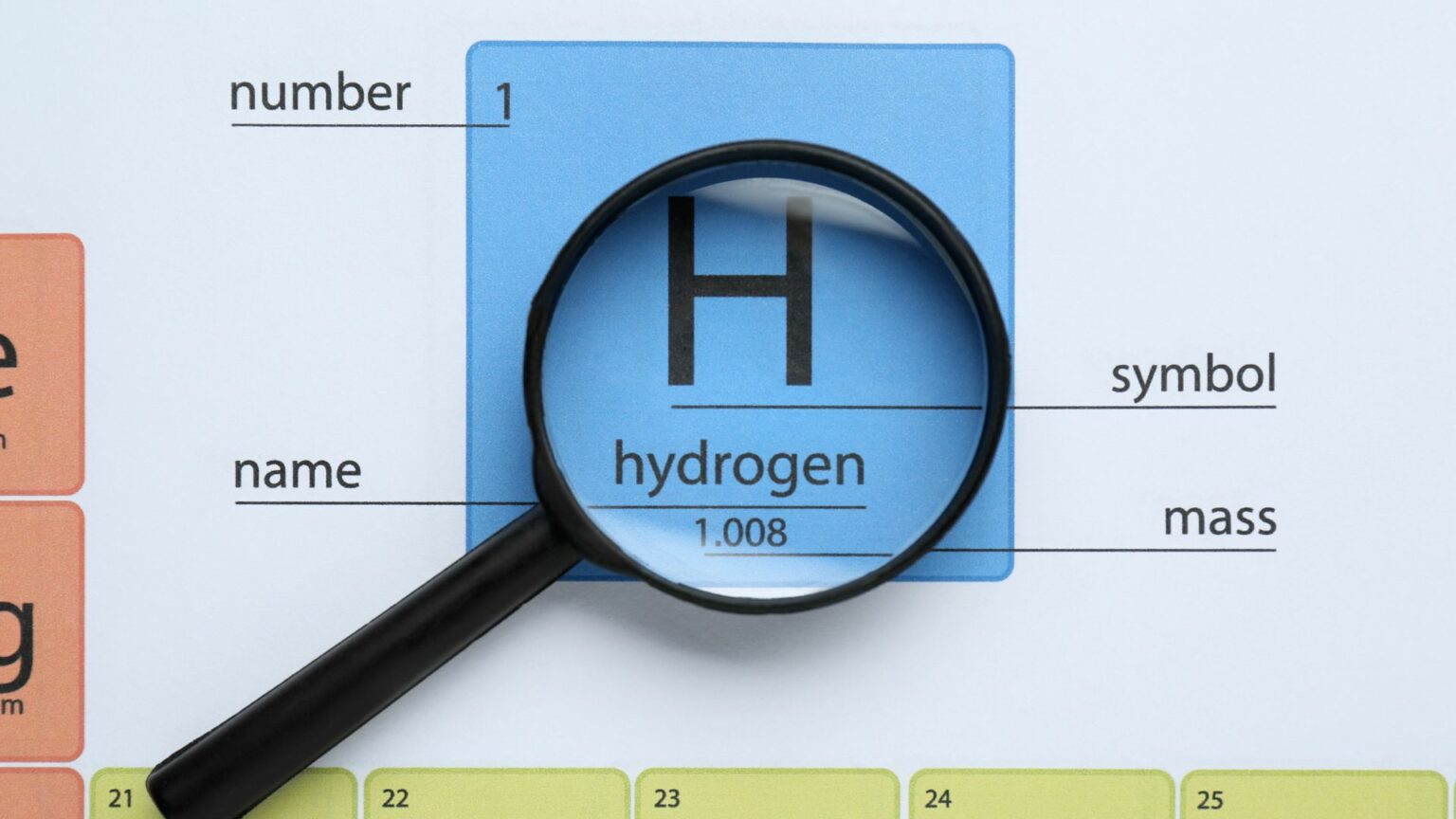Amid global uncertainty around hydrogen’s viability as a low-emissions fuel, the Taranaki Mayoral Forum is urging New Zealand’s central government to back the region as a strategic hub for hydrogen production.
The proposal comes as the Ministry of Business, Innovation and Employment (MBIE) consults on how best to regulate the emerging hydrogen sector, including whether hydrogen should be classified under mineral law or a bespoke framework.
Taranaki’s leaders are positioning their region as the country’s most suitable launchpad for hydrogen, citing a history of energy production, extensive existing infrastructure, and a skilled regulatory environment. Their submission acknowledges the limitations of hydrogen as a climate solution but argues for early investment to secure regional and national benefits.
The Forum—which includes the mayors of New Plymouth, Stratford, South Taranaki, and the chair of Taranaki Regional Council—makes no secret of hydrogen’s drawbacks. Their submission is unusually candid, noting that hydrogen is not a silver bullet for decarbonization. Its climate credentials depend heavily on how it’s produced—electrolytic “green” hydrogen from renewable power offers emissions reductions, but other methods carry higher carbon footprints.
Even green hydrogen remains energy-intensive to manufacture. For example, Hiringa Energy’s Kapuni plant relies on wind turbines taller than Auckland’s Sky Tower to produce hydrogen with zero tailpipe emissions. While such infrastructure underscores the technical feasibility, critics point to the relatively low efficiency of electrolysis and high capital costs.
Still, the Forum argues that hydrogen deserves a place in the transition—particularly in hard-to-electrify sectors like heavy transport. That position echoes global trends, where battery-electric solutions dominate light-duty vehicles while hydrogen finds tentative footing in freight, shipping, and industrial heat applications.
In parallel, MBIE is investigating alternatives to green hydrogen, including naturally occurring hydrogen and the so-called “orange” hydrogen, which is generated by injecting CO₂ and water into reactive geological formations. These methods are still experimental but could, if viable, reduce energy inputs and costs.
Taranaki’s geological profile could offer opportunities for natural or orange hydrogen production, though no commercial projects are yet underway. The Mayoral Forum is encouraging early-stage exploration and asks the government to proactively fund and manage associated risks.
At the core of the policy consultation is the question of regulatory oversight. MBIE’s options include classifying hydrogen as a mineral under the Crown Minerals Act (CMA) or treating it as a non-mineral resource via the Resource Management Act (RMA)—or potentially a new framework altogether. Each path carries implications for land rights, permitting, and investor certainty.
The Forum’s submission strongly urges that any framework incorporate robust consultation with mana whenua. Treaty settlements in Taranaki already define how oil and gas projects must engage with iwi and hapū. Even if hydrogen doesn’t fall under existing definitions, the mayors argue the Crown should proactively honour those provisions.
The mayors also advocate for collaboration with regional agencies like Venture Taranaki and Ara Ake, the government-funded energy innovation centre based in New Plymouth. These institutions could help align national policy with regional economic goals and accelerate project deployment.
Stay updated on the latest in energy! Follow us on LinkedIn, Facebook, and X for real-time news and insights. Don’t miss out on exclusive interviews and webinars—subscribe to our YouTube channel today! Join our community and be part of the conversation shaping the future of energy.
